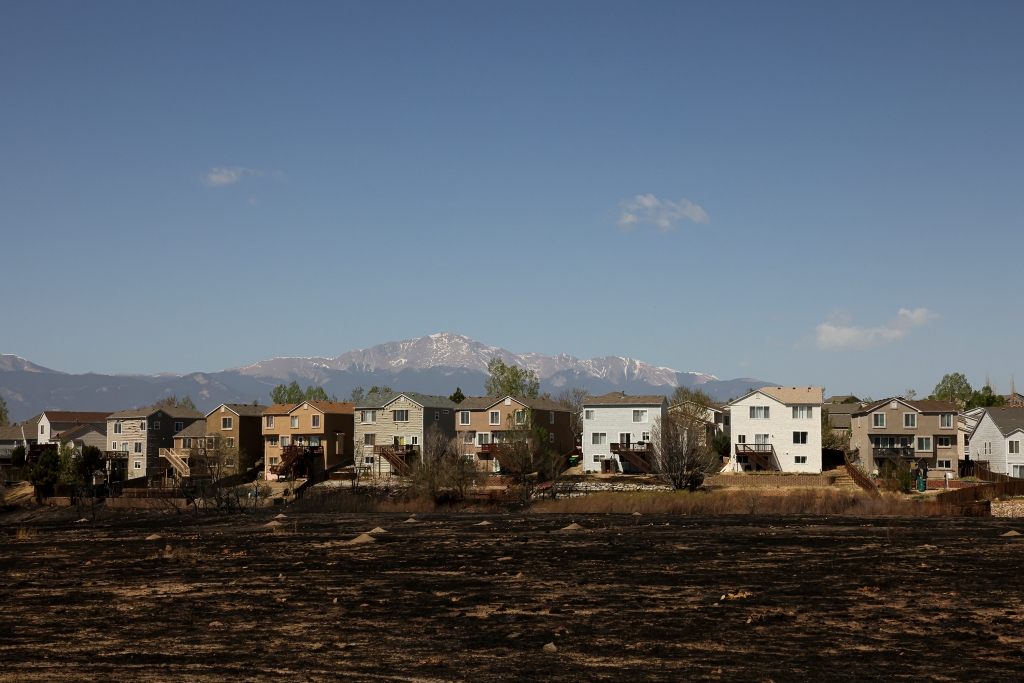Colorado one of most expensive states in country for home insurance

Premiums for home insurance policies are rising at double the pace of overall inflation in Colorado, and consumers are footing one of the biggest annual bills of any state, according to a new study from Policygenius.
The insurance comparison website gathered information on what premiums users were facing when their home policies came up for renewal in May versus the same month a year earlier. Of the 25 states where enough data existed, the average increase was 12.1%. But in Colorado, the premium increases averaged 17.5%, which is more than double the overall rate of consumer inflation in May in the metro Denver area of 8.3%.
That was the third-largest annual increase after Arkansas, at 18.5%, and Washington state, at 18.1%. In dollar terms, annual premiums in Colorado went from an average of $1,355 last May to $1,593 this May. That premium amount was the fourth-highest of any state in the study after Oklahoma, Texas and Minnesota.
“Colorado rate increases are more than double that of inflation. It is a huge, massive jump,” said Pat Howard, a licensed property and casualty insurance expert at Policygenius in New York City.
Insurers have cited higher payouts because of more damaging hail storms and wildfires as a key driver of premium inflation. For example, the Marshall fire destroyed 1,084 homes worth more than $500 million in Boulder County on Dec. 30, which is way beyond the normal fire season.
Insurers prefer to spread the costs of claim payouts over a wider area, and more catastrophic events are a factor behind why rates are rising so much in Colorado and other states, Howard said. But it is a little early for the Marshall fire to be factored into the premium base. A big driver of late has been what Howard calls the “elephant in the room” — replacement costs.
Home prices in Colorado have risen sharply since lockdown orders were lifted in 2020. As of May, they were going up more than 23% a year in metro Denver, per the S&P Case-Shiller Home Price indices. But what insurers look at more closely than a home’s market value are the costs to replace it. Costs for building materials and construction labor have skyrocketed since the pandemic because of supply-chain difficulties and worker shortages.
So what should consumers do if they are hit with high premium increases? Howard said it is a good practice to see what competitors are offering at least once a year, even when rates are stable. Comparison websites have made it much easier to obtain quotes from multiple insurers with a minimal amount of effort.
Taking on a bigger deductible is a way to save on the premium and so are bundling policies, such as home and auto. And it is worth asking your agent about any discounts for safety improvements, like installing smart home devices or switching out shingles to improve resistance to hail and fire.
But avoid the trap of becoming underinsured in an effort to lower premium costs, and don’t confuse market value with replacement value, he advised.
“The underinsurance problem was really bad in the Marshall fire,” he said.
Colorado has the fourth-highest home insurance premiums in the country out of the 25 states surveyed by Policygenius, not the second-highest as originally stated.
This content was originally published here.




Responses